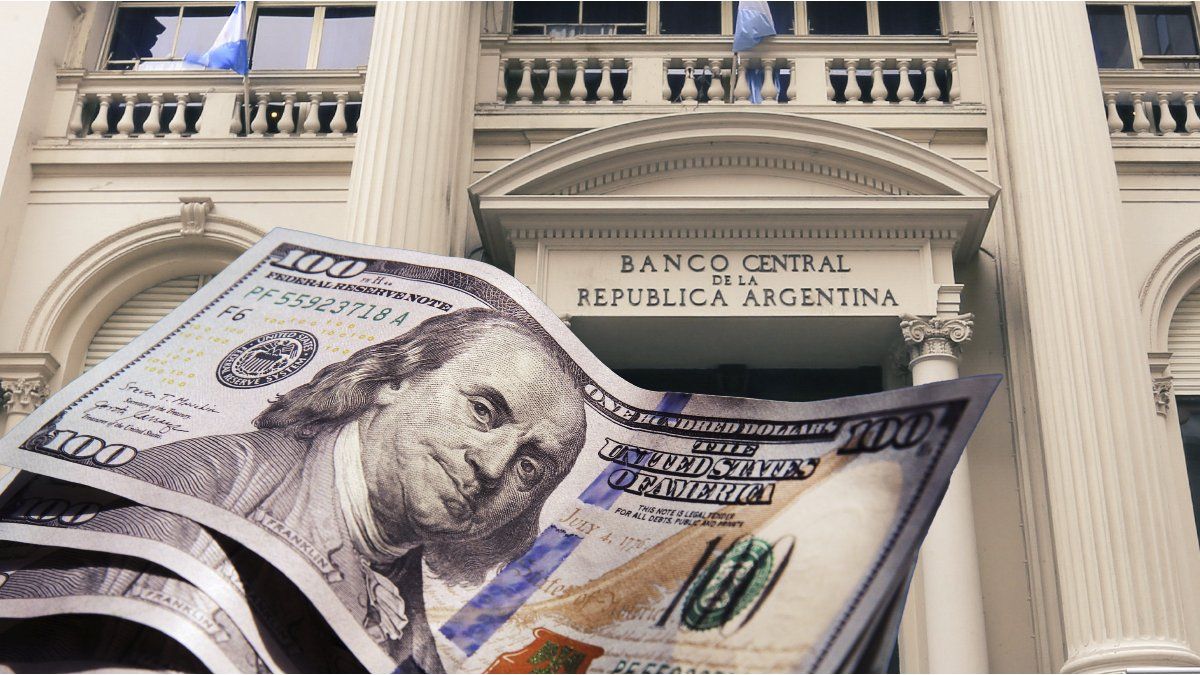The gap with the wholesale exchange rate rose to 59%. This is the highest level since the Milei administration and since the devaluation of December 13, fueling projections of a new jump in the exchange rate in the coming months.
The financial dollars rose strongly last week, with increases of more than 12% in the case of Cash with Settlement (CCL) which took it to exceed $1,300. In this framework, the gap with the wholesale exchange rate rose to 59%. This is the highest level since the Milei administration and since the devaluation of December 13, fueling projections of a new jump in the exchange rate in the coming months.
The content you want to access is exclusive to subscribers.
In this scenario, the Central Bank manages to sustain net purchases in the wholesale market by accumulating US$794 million last week. In addition, he removed pesos from circulation through a treasury tender that he later repurchased for an original face value of $273 billion.


But despite these positive signs, the gap continues to rise. What are the causes?
Exchange gap: the 3 causes of why it continues to rise
1. Negative rates
The first cause, according to the consulting firm LCG, are “extremely negative” rates in real terms (and lower than a month ago in nominal terms, despite the increase in inflation).
2. Imports
The demand for import payments in the CCL by those who cannot negotiate new trade debts with their external suppliers. Until January 31, the Bonds for the Reconstruction of a Free Argentina (Bopreal) do not pay PAIS tax, a key incentive to place the close to US$5,000 million that the Government is seeking. So far, the Central Bank has barely been able to accumulate about US$1.6 billion, highly concentrated in a firm in the automotive sector. The economic team’s bet was that the rest would be covered by two other terminals. But market sources anticipated Ambit that the operation still does not convince importers.
3. The expectation of devaluation
With a crawling peg of 2% and inflation of 25%, the expectation of depreciation persists, reducing incentives for exporters to liquidate.
Currently, “the real multilateral exchange rate accumulates a fall of 16.3% compared to December 12,” as LCG noted in reference to the exchange rate delay that triggers expectations of a correction in the official exchange rate. In the dollar futures market, new jumps are discounted to correct this delay: “The coverage for the end of February and March implies greater adjustments: 6% and 18% against today in each case“.
The account they make in the market is simple. Less demand for Bopreal, if the Government does not manage to channel it through another means, there will be more demand in the CCL and therefore, more pressure on parallel dollars. A few weeks before the heavy harvest begins to be liquidated, it raises questions about the future of the official dollar.
Source: Ambito
I am a 24-year-old writer and journalist who has been working in the news industry for the past two years. I write primarily about market news, so if you’re looking for insights into what’s going on in the stock market or economic indicators, you’ve come to the right place. I also dabble in writing articles on lifestyle trends and pop culture news.




